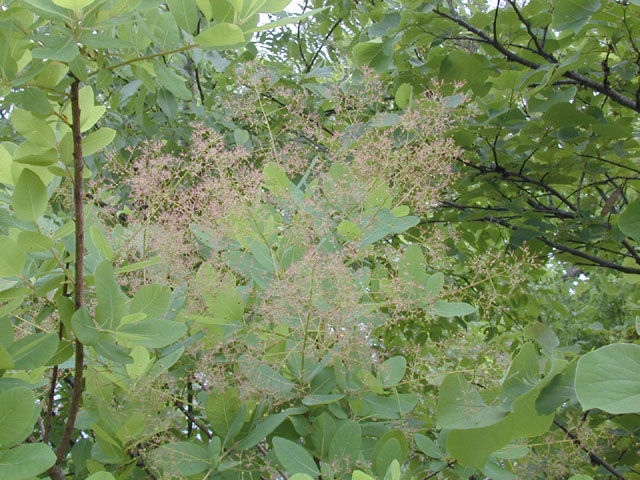
Fortunately for the gardening community of Central Texas, there are a number of excellent nurseries that offer native trees. The following are a few of my favorites that offer quality plants at fair prices.
Hill Country Natives (Leander)
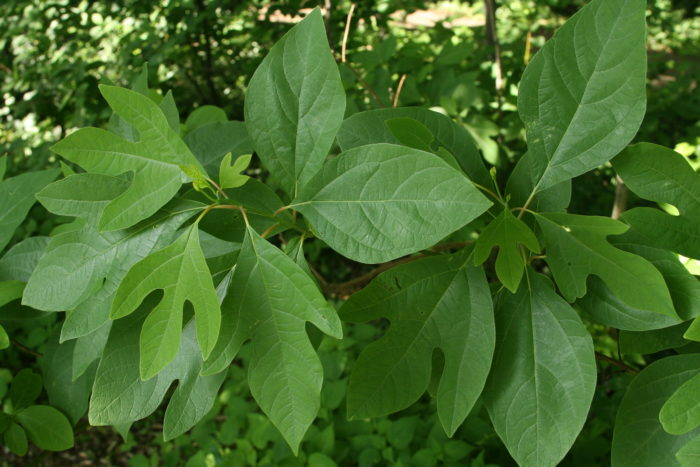
These guys specialize in native and well-adapted trees and shrubs for Texas. Because they are a busy family-run growing operation, they are open to the public by appointment only, which you can make via their website. In addition to growing many tried-and-true native trees, they offer some less common ones, such as pawpaw (Asimina triloba, Zones 5–9), sassafras (Sassafras albidum, Zones 4–9), American smoketree (Cotinus obovatus, Zones 4–8), and Chisos rosewood (Vauquelinia corymbosa ssp. angustifolia, Zones 6–8), among many others. Their selection of edible fruiting trees is based around the concept of a forest garden, which is “a diverse and resilient woodland that mimics a natural forest, but is composed primarily of plants that produce an edible or otherwise useful crop for humans.” Practitioners of permaculture may find Hill Country Natives especially interesting, both for their edible tree species and their nitrogen-fixing ones.
Natives of Texas nursery (Kerrville)
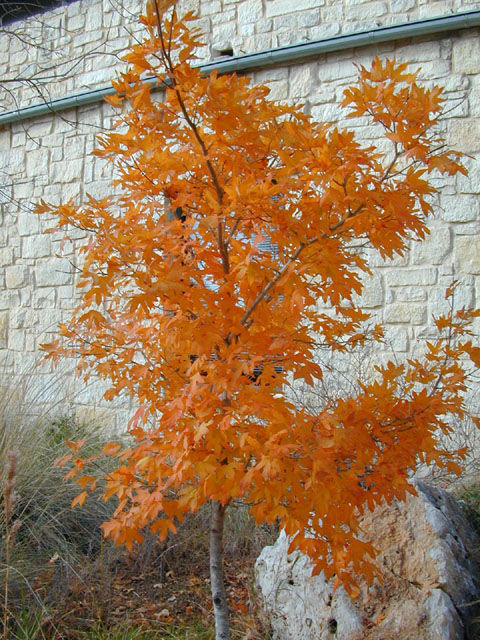
About 11 miles outside of Kerrville is this family-run operation. Open to the public, it has a demonstration garden that guests can visit for inspiration. Natives of Texas specializes in madrones (Arbutus xalapensis and cvs., Zones 7–9) but also carries many other Texas tree species, such as bigtooth maple (Acer grandidentatum, Zones 5–8), Carolina buckthorn (Rhamnus caroliniana, Zones 5–9), spicebush (Lindera benzoin, Zones 4–9), and Vasey oak (Quercus pungens var. vaseyana, Zones 7–9), to name a few. This nursery is a fun side trip for anyone passing through Kerrville.
Medina Garden Nursery (Medina)
Much beloved by members of the Native Plant Society of Texas (NPSOT), the Medina Garden Nursery is run by Ernesto Cariño and Ysmael Espinoza out of Ernesto’s beautiful native front-yard garden near Medina. Before starting their own nursery, Ernesto and Ysmael learned about propagating native plants from Betty Winningham, the cofounder of Natives of Texas nursery. Their little nursery also attracted the attention of Sally and Andy Wasowski and Jill Nokes, who encouraged the endeavor. The duo offer many Hill Country native species, including trees such as Texas ash (Fraxinus texensis, Zones 6–9), black walnut (Juglans nigra, Zones 4–9), and toothache tree (Zanthoxylum hirsutum, Zones 7–9).
Mosty Brothers Nursery (Center Point)
Established in 1897, Mosty Brothers Nursery is the oldest nursery in Texas. Five generations of Mostys have seen it through to its current incarnation in Center Point, near Kerrville. Operating on 80 acres, the Mostys offer a diverse selection of native plant species, including trees in a variety of sizes from 1 to 200 gallons, both container and balled/burlap. Texas ebony (Pithecellobium flexicaule, Zones 9–11), chinkapin oak (Quercus muehlenbergii, Zones 5–7), and Mexican buckeye (Ungnadia speciosa, Zones 8–10) are just a few of the species offered.
Native Plant Society of Texas (various chapters statewide)
Another source for native trees in Central Texas isn’t a nursery at all. The Native Plant Society of Texas (NPSOT) is an active and thriving organization with local chapters all over the state. Many chapters host plant sales, and informal plant swapping is an enthusiastic activity between members. NPSOT members often have beloved favorite nurseries and growers in their own specific areas and are usually more than happy to share their knowledge.
Karen Beaty is a horticulturalist at the Lady Bird Johnson Wildflower Center in Austin, Texas.
Fine Gardening Recommended Products
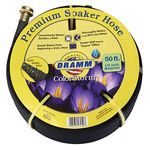
Dramm 17050 50′ ColorStorm 1/2″ Standard Soaker Hose
Fine Gardening receives a commission for items purchased through links on this site, including Amazon Associates and other affiliate advertising programs.

Morvat Heavy Duty Brass Y-Valve
Fine Gardening receives a commission for items purchased through links on this site, including Amazon Associates and other affiliate advertising programs.
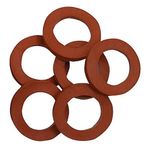
Gilmore Rubber Hose Washer 10pk
Fine Gardening receives a commission for items purchased through links on this site, including Amazon Associates and other affiliate advertising programs.

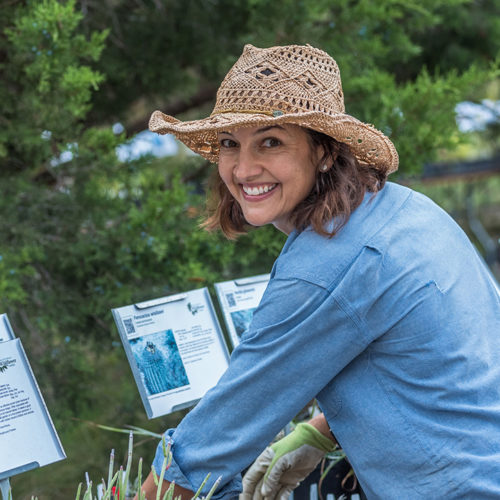

















Comments
Log in or create an account to post a comment.
Sign up Log in